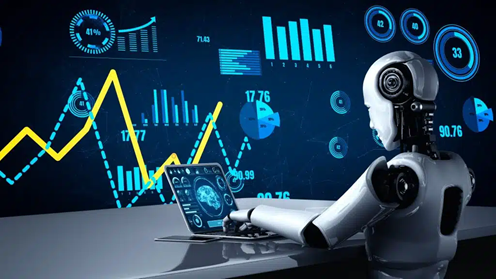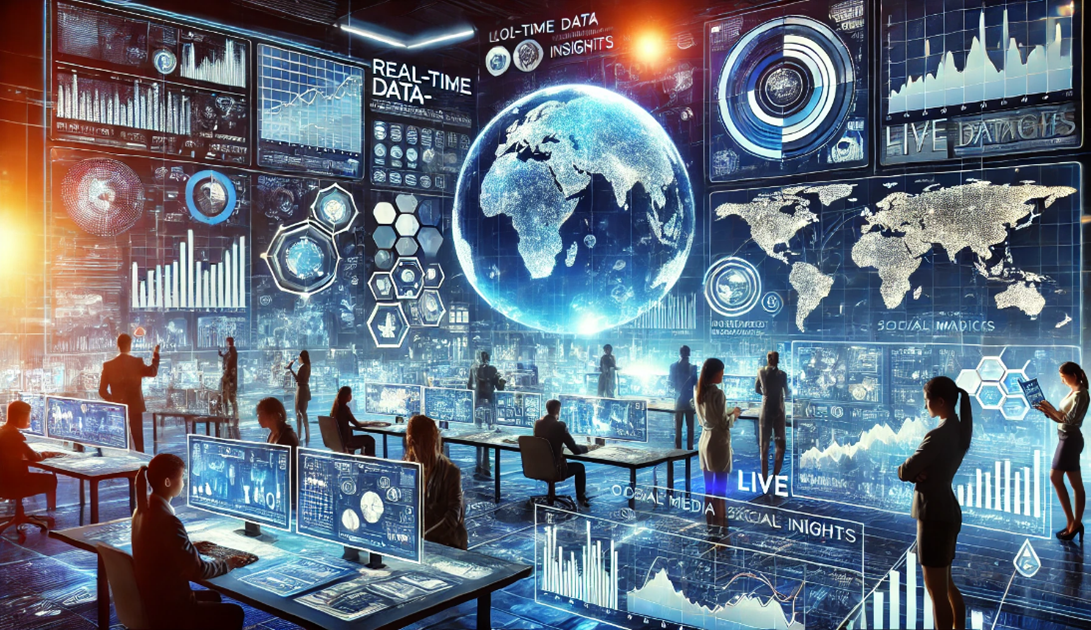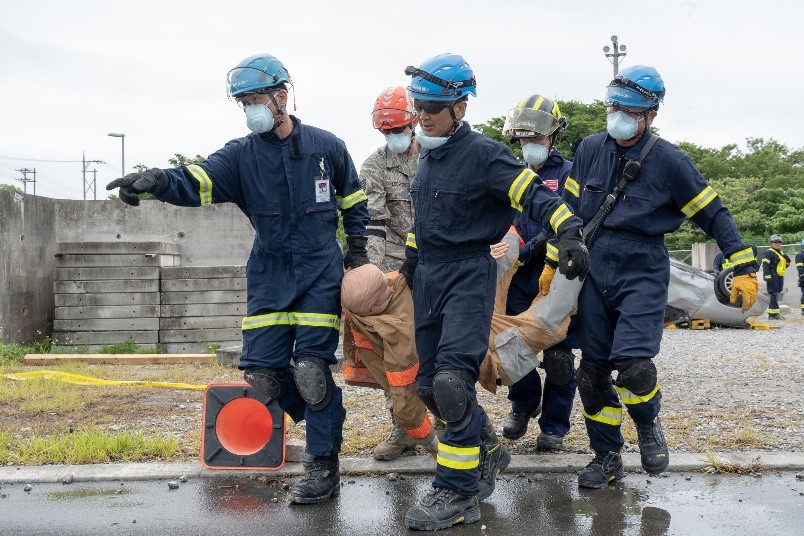What role can AI play in optimizing rescue operations and resource allocation during crises?

What role can AI play in optimizing rescue operations and resource allocation during crises?
by Maximilian 05:18pm Jan 27, 2025

AI can play a transformative role in optimizing rescue operations and resource allocation during crises by enhancing decision-making, improving communication, and streamlining logistics. Here’s how:
1. Real-Time Data Analysis and Insights
Situation Awareness: AI can process real-time data from multiple sources, such as satellite imagery, social media, IoT sensors, and emergency calls, to provide a comprehensive overview of the crisis.
Incident Prioritization: AI systems can analyze the severity of incidents, prioritize areas in need, and guide rescue teams to critical locations.

2. Efficient Resource Allocation
Dynamic Resource Deployment: AI can optimize the allocation of personnel, vehicles, medical supplies, and relief materials based on real-time needs and availability.
Predictive Analytics: By forecasting the trajectory of crises (e.g., flood spread or wildfire progression), AI helps allocate resources preemptively to areas likely to be affected.
Supply Chain Optimization: AI models can streamline logistics by identifying the best routes and methods to deliver aid quickly, even in disrupted infrastructure.
3. Enhancing Rescue Operations
Search and Rescue (SAR):
Drones with AI: Equipped with cameras and AI, drones can search for survivors in inaccessible areas, identifying human presence through thermal imaging or motion detection.
Automated Mapping: AI can generate updated maps of affected areas, showing road conditions, damaged infrastructure, and safe zones.
Robotics: AI-powered robots can assist in navigating dangerous environments, clearing debris, and retrieving survivors.

4. Coordination and Communication
Crisis Management Platforms: AI-driven platforms can coordinate efforts among various agencies (fire, police, medical, NGOs), ensuring a unified response.
Language Translation: AI-based NLP tools can facilitate communication in multi-lingual regions, improving outreach to diverse communities.
Chatbots and Virtual Assistants: AI chatbots can handle public inquiries, provide instructions, and share real-time updates to affected populations.
5. Analyzing Social Media and Crowd-Sourced Data
Early Alerts: AI can analyze social media posts for reports of emergencies, identifying new incidents or areas needing attention.
Public Needs Assessment: Machine learning algorithms can detect patterns in crowd-sourced reports, helping responders understand specific needs (e.g., medical aid, water, shelter).
6. Risk Mitigation and Decision Support
Scenario Simulation: AI can simulate various disaster response scenarios, helping decision-makers evaluate strategies and optimize responses.
Real-Time Decision Support: AI provides actionable recommendations by analyzing changing conditions, enabling quicker and more informed decisions.
7. Post-Crisis Analysis
Damage Assessment: AI models can analyze satellite imagery and on-ground reports to estimate damage and prioritize recovery efforts.
Performance Evaluation: Machine learning can evaluate the effectiveness of rescue operations and suggest improvements for future crises.
Benefits of AI in Crisis Management
Speed: Accelerates data processing and decision-making.
Precision: Enhances the accuracy of resource deployment and operations.
Adaptability: Responds dynamically to changing conditions during crises.
Cost Efficiency: Reduces wastage of resources and ensures optimal use.
By leveraging these capabilities, AI ensures a more effective and coordinated response to crises, ultimately saving lives and reducing suffering.







